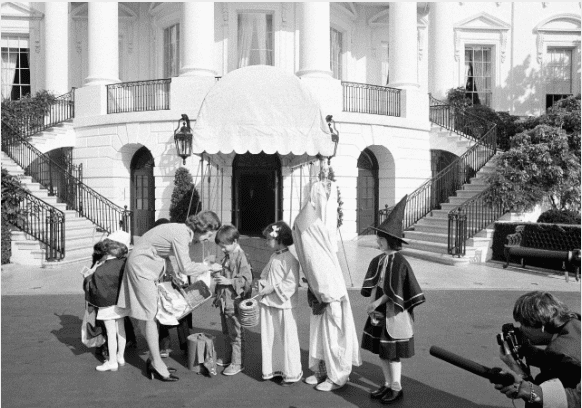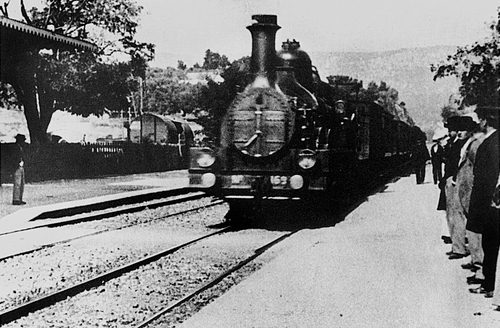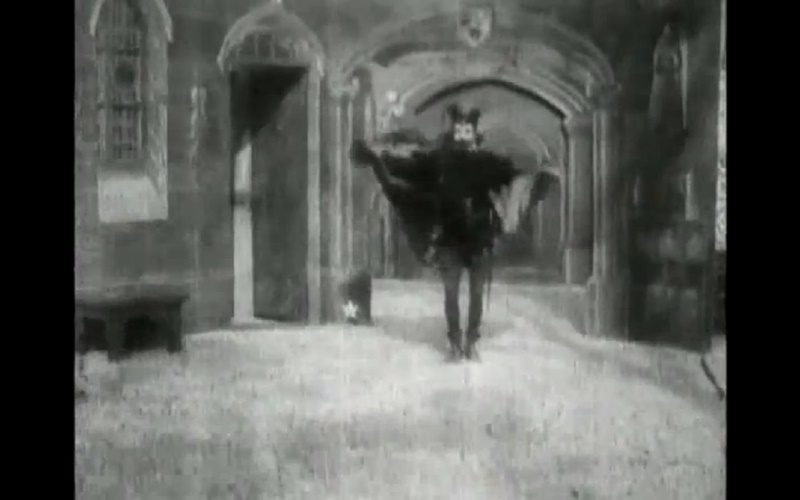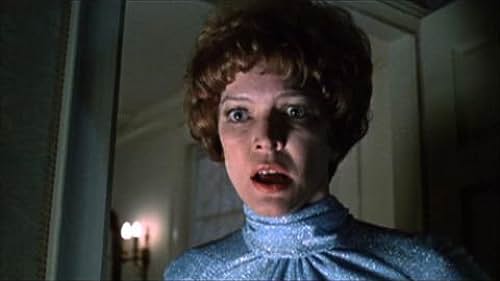Behind the scary: Halloween and horror films

Ghosts, haunted houses, spiders and spirits are all commonplace in American society. With the popularity of Halloween and highly realistic horror films, people can enjoy immense scares, while also dressing up and collecting candy to celebrate the year’s spookiest season.
Suppose we dig beneath the surface to examine the history of Halloween and horror. In that case, it leads to a much more exciting tale of the human condition, and how the practices of past eras affect the entertainment and celebrations of the present. Before and even as George Méliès and Alfred Hitchcock started making films, their source material was based on the thoughts, actions and beliefs of people throughout history.
Some of that history has an unclear beginning. Heather Freeman, professor of digital media in the Department of Art and Art History, has been fascinated by Halloween’s history, cultural actions and magical and spiritual practices for years. She is the host of the new PRX podcast series Magic in the United States, available on Apple Podcasts, Spotify and more.
“The origins of Halloween itself are messy and murky,” explained Freeman. “The internet claims that it’s an ancient Celtic holiday, but we don’t know for certain because the ancient Celts didn’t have written records. All we know is that they did have an end-of-summer and beginning-of-winter festival called ‘Samhain.’”
Samhain, pronounced ‘sow-win,’ is the farthest back Halloween can be dated, but in terms of America’s introduction, it has a more concrete beginning. According to Freeman, All Hallows Day was an early Christian holiday and evolved into a more familiar Halloween in Gaelic regions, particularly Ireland. While some incorrectly believe Halloween has Satanic origins, this emerged from the “Satanic Panic” of the 1970s. Irish immigrants brought their own unique celebrations of Halloween with them to the United States during their immigration in the early 1800s.
“Halloween comes from the phrase ‘All Hallows Eve,’ which was associated with the remembrance of Christian martyrs and remembrance of Christian death,” said Freeman. “There was also this very, very sincere fear of hell. You’d pray for them and hope that they ended up in heaven and not hell or purgatory. There’s also something kind of spooky about death for many Americans today.”
Costumes came later but have a rich history nonetheless. In Ireland and England, institutionalized begging around certain holidays was a common practice where people would go door to door and exchange the singing of a song for food or drink. People called them mummers, primarily young boys at the time. When the Irish came to the United States, they continued this tradition.
Now, it’s transformed into kids and adults dressing up as their favorite book or movie character and walking door to door with friends, collecting their favorite treats. Today, many modern Pagans, also called neo-pagans, celebrate Samhain/Halloween as one of their most essential holidays or sabbats. It’s a festival to remember and share fellowship with their beloved dead and ancestors.
 (First Lady Betty Ford during a Halloween benefot for the United Nations International Children’s Emergency Fund)
(First Lady Betty Ford during a Halloween benefot for the United Nations International Children’s Emergency Fund)
“Have fun on Halloween and do what you’ve always done,” said Freeman. “Remember that culture, religion, language, everything humans create, always evolves and changes.”
The fear of death lives on into modern-day America, where both Halloween and horror films are in the same month of scary and mysterious. Considering Halloween in its historical context, the horror films enjoyed over the last hundreds of years rely on human beings’ emotions, particularly fear and dread. Though the context of fear and dread might change, the sentiment remains the same.
Jay Morong, senior lecturer of theatre and film in the College of Arts + Architecture and creative director of The Independent Picture House, explains how horror films were not the genre’s genesis but were birthed first from 1800s Gothic literature. They were shown through short films and were unfamiliar with computer-generated imagery, known as CGI, which creates special visual effects using computer software. One of the first films to scare and delight was a 50-second movie called “The Arrival of the Train,” by the Lumière brothers. This film and story are apocryphal. People were so frightened by this new medium, cinema that they ran for safety, and the “horror film” was born.
 (Arrival of a Train, 1885, the first “horror” film?)
(Arrival of a Train, 1885, the first “horror” film?)
“Cinema at this time was like a magic trick,” said Morong. “They took directly from Victorian Gothic literature. George Melis or the Lumière brothers used cinema to create trickery and deception through graphic elements.”
Films after it, such as “The House of the Devil” and early Frankenstein films, brought horror from literature to the stage and then to the big screen. Gothic literature started in the 1800s, and the Grand Guignol theater in France brought the ideas to life before solidifying cinema.
 (The House of the Devil, 1896)
(The House of the Devil, 1896)
Now, we have movies like “It,” “Saw,” “Dawn of the Dead” and others that send a shiver down our spine. Morong believes that the stories with the most longevity and timelessness don’t just give an initial scare but get underneath your skin.
“I think the real, impactful movies, the ones that have legs, the ones that have longevity, even a film like ‘The Exorcist,’ continues to be a classic because it plays on dread,” explained Morong. “It doesn’t need the special effects, or the results don’t have to be like 2023 CGI effects because the feeling of the movie is so uncomfortable.”
 (The Exorcist, 1973)
(The Exorcist, 1973)
The same things that scared people then are the same things that scare us now. The best horror movies are the ones that stand the test of time, and even though Halloween has changed and evolved, we carry some of the same themes with us today, like witches, spirits, haunted houses, blood and gore. Fear is inherent in us all, and we can learn from this rich history to better understand ourselves and what got us here today.